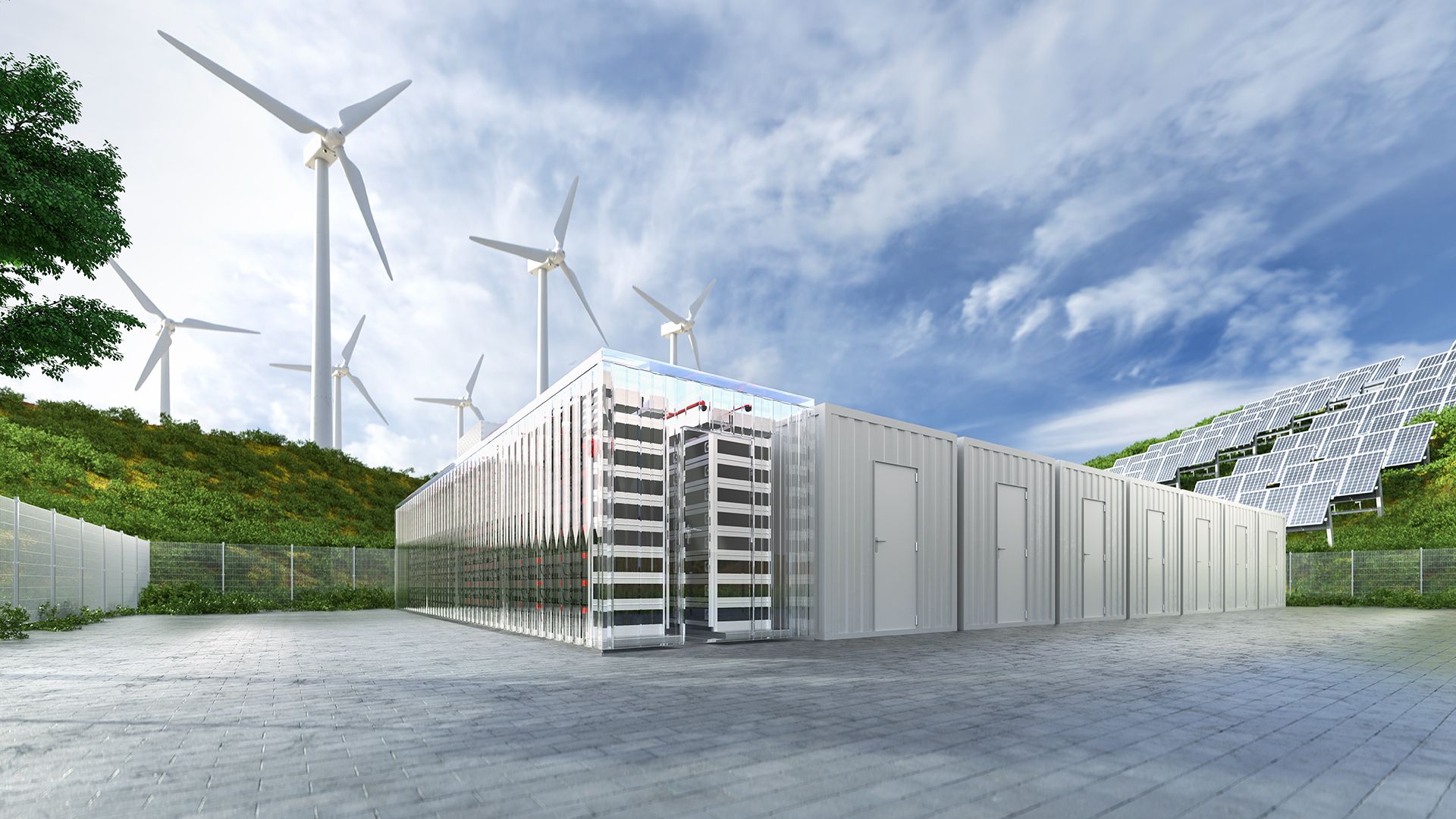Article Body
Battery Energy Storage System Market Valuation to Witness 20.2% CAGR Through 2035
Introduction
The transition toward cleaner, more resilient energy systems has placed Battery Energy Storage Systems (BESS) at the center of global energy strategies. As nations scale up renewable energy adoption, the need for reliable storage solutions has never been greater.
Industry analysis shows the global BESS market is projected to grow from USD 7.82 billion in 2025 to USD 103.85 billion by 2035, achieving an impressive CAGR of 20.2%. This surge is powered by renewable integration, grid modernization, and advancements in battery technology.
This report presents an in-depth analysis of the market, incorporating the latest data, industry insights, and future projections to support informed decision-making for businesses, investors, and policymakers.
Understanding Battery Energy Storage Systems
A Battery Energy Storage System stores electrical energy for later use, allowing for more efficient energy distribution and improved grid stability. They are crucial for balancing supply and demand, especially when energy is generated from intermittent sources like solar and wind.
Key Battery Technologies Include:
-
Lithium-ion batteries – High efficiency, long lifespan, and dominant market share.
-
Advanced lead-acid batteries – Affordable for short-term storage.
-
Flow batteries – Ideal for long-duration applications.
-
Others – Sodium-sulfur and emerging solid-state technologies.
Key Market Drivers
1. Renewable Energy Integration
BESS enables surplus renewable energy to be stored and used during periods of low generation, ensuring consistent supply and improving overall energy reliability.
2. Supportive Policy Environment
Government incentives, tax credits, and renewable targets are accelerating adoption, particularly in regions with aggressive decarbonization goals.
3. Advancements in Battery Technology
Higher energy density, faster charging, and longer cycle life are making modern BESS solutions more cost-effective and scalable.
4. Transportation Electrification
Rising electric vehicle (EV) adoption is creating opportunities for both mobile and stationary storage solutions.
Gain Actionable Intelligence on the Industry - https://nextgenintelligencestats.com/battery-energy-storage-system-market
Market Segmentation
By Battery Type:
-
Lithium-ion Batteries (53.7% market share)
-
Advanced Lead-acid Batteries
-
Flow Batteries
-
Others
By Energy Capacity:
-
Below 100 MWh
-
100–500 MWh (significant growth in commercial and utility projects)
-
Above 500 MWh (fastest-growing segment)
By Connection Type:
-
On-grid
-
Off-grid
By Ownership:
-
Customer-owned
-
Third-party-owned
-
Utility-owned
By Application:
-
Residential
-
Commercial
-
Utility (largest share)
Regional Market Overview
North America – The leading market, supported by robust infrastructure, government backing, and high renewable penetration. The U.S. is at the forefront with widespread deployment of utility-scale and residential systems.
Asia-Pacific – The fastest-growing region, driven by rapid urbanization, increasing energy demand, and heavy renewable energy investment in China, India, and Japan.
Europe – Strong growth driven by carbon neutrality targets, renewable integration, and investment in smart grid infrastructure.
Competitive Landscape
The battery energy storage system (BESS) market is competitive and fast-growing, with a blend of multinational behemoths and technology-intensive startups fueling growth and innovation. Some of the major players that control the market space are Tesla, LG Energy Solution, BYD, CATL, Samsung SDI, Panasonic, and Fluence Energy, among others. These industry players compete mainly on battery performance, cost-effectiveness, energy density, and scalability. The market is further seeing growing involvement from end-to-end BESS providers of energy solution providers, power utilities, and technology integrators. Competitive advantage is now being driven by innovation in battery chemistries, AI-based energy management software, and strategic alliances to mass deploy.
Notable Companies:
CATL, BYD Company Ltd., LG Energy Solution, Samsung SDI, Tesla Energy, Fluence Energy, Sungrow Power Supply Co. Ltd., Enphase Energy, Panasonic Corporation, EVE Energy Co., Ltd., Hithium, CALB, Rept Battero, Gotion High-Tech Co., Ltd., AES Corporation, Siemens Energy, ABB Ltd., NextEra Energy Resources, Canadian Solar, Exide Industries Ltd., Amara Raja Group, Toshiba Corporation, GE Vernova, Sonnen GmbH, CRRC Zhuzhou Institute Co., Ltd.
Market Size and Forecast
-
2025: USD 7.82 billion
-
2035: USD 103.85 billion
-
CAGR: 20.2%
Growth is expected to be fueled by:
-
Utility-scale renewable integration
-
Grid modernization programs
-
Technological innovation and cost reductions
Challenges
-
High Initial Investment – Large-scale systems remain capital-intensive despite falling prices.
-
Material Supply Constraints – Lithium, cobalt, and nickel availability may affect production.
-
Recycling and Sustainability Concerns – Addressing end-of-life battery management is critical.
Future Outlook
By 2035, Battery Energy Storage Systems will play a central role in global energy resilience, enabling high renewable penetration and supporting decarbonization goals. Innovations in solid-state batteries, AI-powered energy management, and vehicle-to-grid (V2G) capabilities will further enhance system performance and cost-effectiveness.
The market’s trajectory presents substantial opportunities for companies ready to invest in technology, local manufacturing, and sustainable sourcing. As nations seek reliable, low-carbon energy solutions, BESS will stand as a foundational technology in the transition to a clean energy future.
Gain Strategic Insights – Request a No-Cost Sample Report - https://nextgenintelligencestats.com/request-sample-report/50


Comments